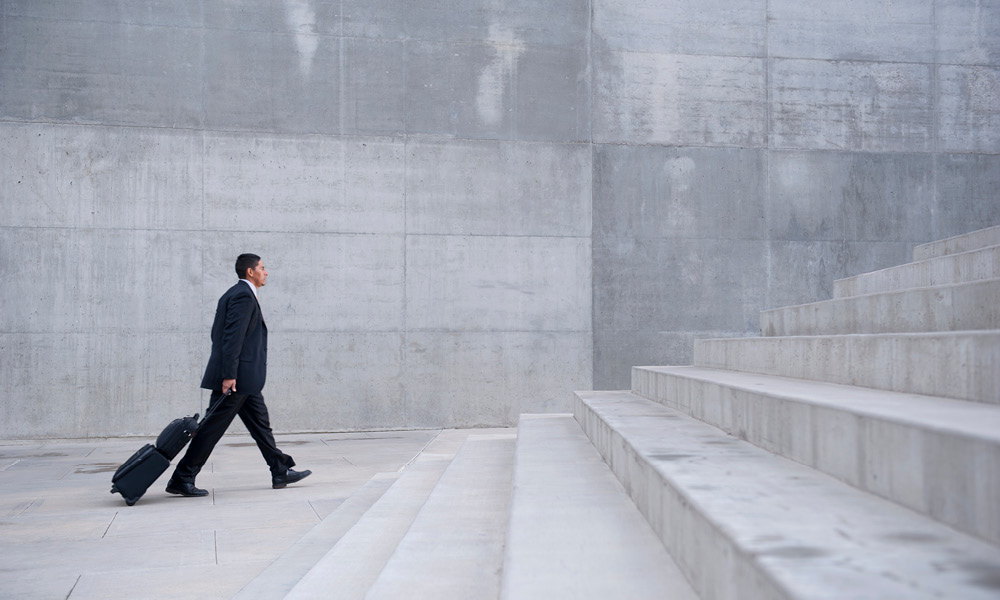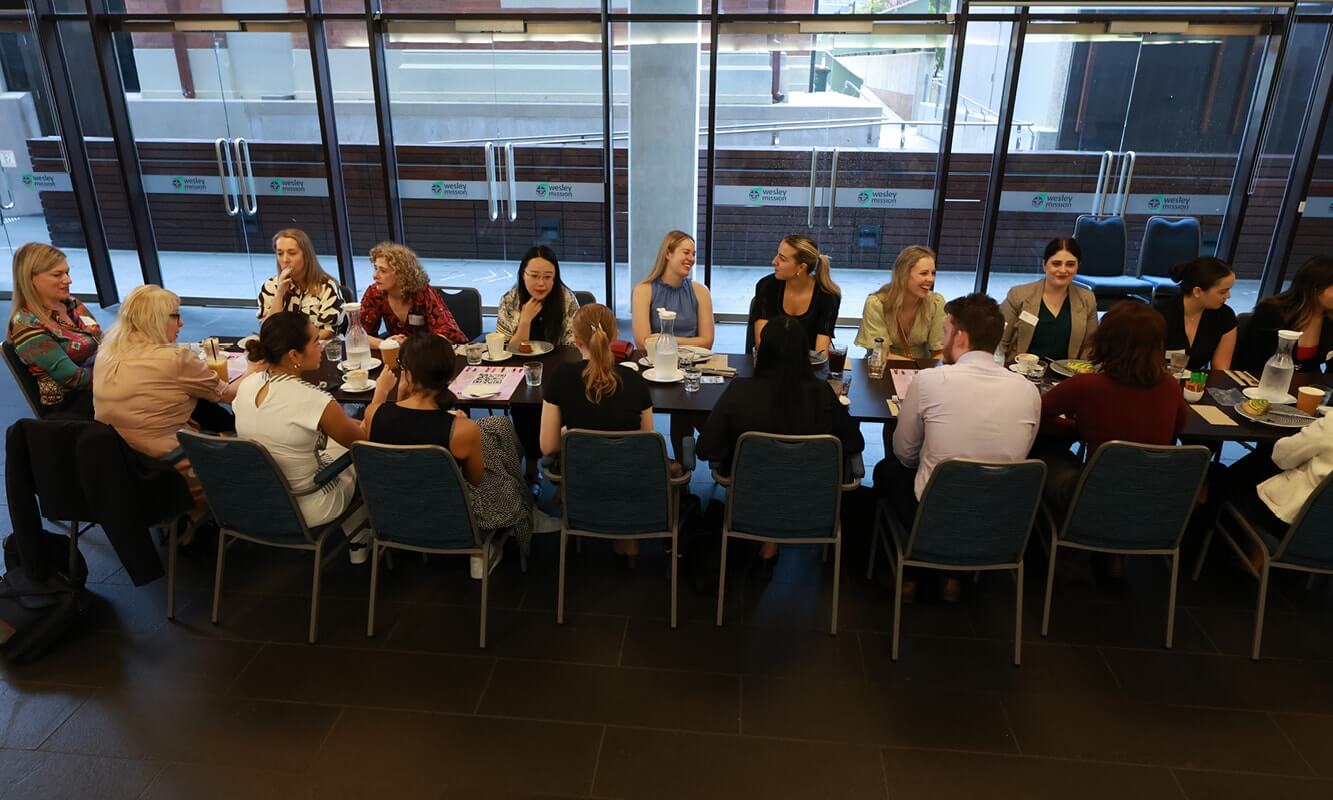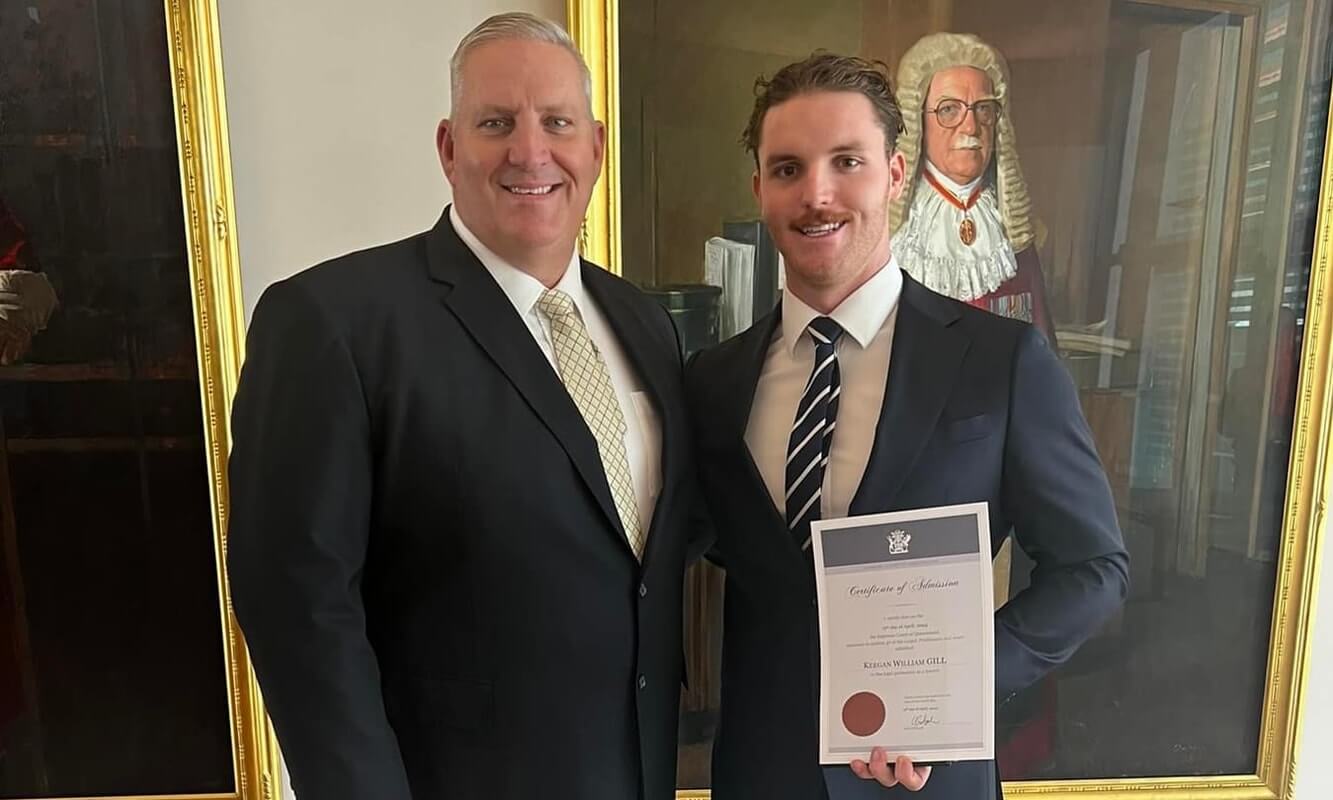In a civil appeal to the Queensland Court of Appeal or the Federal Court of Australia, further evidence will only be allowed in particular circumstances.
Further evidence in the Queensland Court of Appeal
Rule 766(1)(c) Uniform Civil Procedure Rules 1999 (UCPR) states that the Court of Appeal may, on special grounds, receive further evidence as to questions of fact, either orally in court, by affidavit or in another way. By rule 766(2) UCPR, further evidence may be given without special leave unless the appeal is from a final judgment and, in any case, as to matters that have happened since the decision appealed against.
Evidence that could have been adduced at the trial, but was not, will only be received in an appeal where there are “special grounds” that support granting leave.1 The hardship that a party might suffer by not being allowed to adduce the further evidence must be balanced against the “general evil of allowing judgments to be disturbed” which would prolong and extend litigation.2
However, there will be “special grounds”, and such evidence may be admitted, if:3
- The new evidence could not have been obtained with reasonable diligence for use at the original hearing.
- If given, the new evidence would probably have an important influence on the result of the case (although it need not be decisive).
- The new evidence is apparently credible.
Special leave is not required for further evidence as to matters that have happened after the decision appealed against.4 However, even though special leave is not required, the appellant cannot adduce such further evidence as of right. Rather, the Court of Appeal retains a discretion to permit the further evidence, which discretion should be exercised rigidly to control the matters about which further evidence may be received.5 One important factor that must be taken into account is that “it is in the interests of justice that there be an end to litigation” so that:6
“Without finally closing the door to a litigant who, after the time for appeal has passed, wants to reopen the matter by giving evidence of matters since the relevant judgment, I would think [the litigant] should only be allowed to reopen the matter in very special and exceptional cases indeed.”
Reported recent examples of the Queensland Court of Appeal exercising its discretion to permit further evidence are scarce, consistent with statements that the discretion is exercised only exceptionally.
Applications typically fail either because the evidence could have been adduced at original hearing or, if given, would make no difference to the result.7
An example of further evidence being allowed is Coles Group Limited v Costin [2015] QCA 140. An employer appealed the primary judge’s decision to extend the limitation period to allow an injured worker to sue for damages for personal injury. The employer claimed prejudice due to the delay, including because an important witness could not be located. After the employer’s outline of submissions on appeal were filed, that witness was located by the claimant’s solicitors and the claimant sought leave to adduce evidence from her.
The Court of Appeal was satisfied that the evidence could not have been obtained with reasonable diligence before the original hearing; the employer’s own material before the primary judge showed the lengths it had gone to in trying to contact her.8 Leave was granted under rule 766 of the UCPR.
Procedure for applying to adduce further evidence
An appellant who wants to adduce further evidence in the Queensland Court of Appeal must file and serve an application for leave to adduce such evidence.9 In addition, a supporting affidavit is required to identify the further evidence and explain why it was not placed before the primary judge.10 The application must be made as soon as practicable after the appeal is commenced.11
Further evidence in the Federal Court
Section 27 of the Federal Court of Australia Act 1976 (Cth) gives the Full Court a discretion to receive further evidence in an appeal.
In Sobey v Nicol and Davies (2007) 245 ALR 389 at [71], the Full Court of the Federal Court stated:
“The discretion to receive further evidence must be exercised judicially, consistently with proper judicial process and in the interests of justice. It is highly unlikely that the legislature intended that s27 should be construed in such a way as to obliterate the distinction between original and appellate jurisdiction.”
Matters which the Full Court of the Federal Court could consider when deciding whether to accept the further evidence on appeal include:
1 Whether the evidence is seriously disputed. That is because the Full Court exercising appellate jurisdiction is not a proper tribunal to receive evidence on disputed facts.12 In Florance and Anor v Andrew (1985) 58 ALR 377 at 382, the Full Court refused to admit further evidence in relation to which “there would be a serious issue of fact”. In Australian Broadcasting Authority v Project Blue Sky Inc. (1996) 71 FCR 465 at 480-481, Wilcox and Finn JJ stated that:
“…contentious fresh evidence is admitted by a Full Court only in special circumstances … In Bropho v Tickner (1993) 40 FCR 165 at 172-173, Wilcox J expressed concern about an amicus curiae tendering complex and controversial evidence and thereby effectively hijacking the parties’ case, ‘taking it off into new factual issues which may greatly extend its length and thereby impose significant additional costs and disadvantages upon the parties’. That comment applies with greater force at the appeal stage…”
2 Whether the evidence sought to be adduced would have been admissible at the original hearing13 or, if it would have been admissible, then its probative value.14 For example, if the proposed new evidence is irrelevant to any pleaded fact, and would have been inadmissible below for this reason, then it is unlikely to be received at appellate level.
3 Whether there is a satisfactory explanation for failing to adduce the evidence at an earlier time.
As part of this explanation, the applicant must put on evidence which shows that they exercised reasonable diligence to procure the proposed new evidence.15 In Li Pei Ye v Crown Ltd [2004] FCAFC 8 at [158], the Full Court stated that:
“In general, further evidence should not be admitted on appeal if it was available, or could reasonably have been obtained, at the time of the hearing.”
4 Public policy requires that there be finality in litigation. In Florance and Anor v Andrew (1985) 58 ALR 377 at 382, Lockhart J observed that: “Litigation should not proceed this way. The parties must know where they stand. There has to be some end to the extent to which courts will extend leniency to parties who have not complied with rules of court, especially when a matter such as the reception of fresh evidence on the hearing of an appeal is concerned.”
5 Whether the new evidence is cogent16 in that it would have led to a different result below or whether a different result would have been so highly likely as to make it unreasonable to suppose the contrary.17
6 Whether the rights of third parties, such as children, are at stake.18
An example of the admission of further evidence on appeal in the Federal Court is Martincevic v Commonwealth (2007) 164 FCR 45.
The appellant’s service with the Australian Defence Force was terminated on medical grounds. He challenged that decision in the courts. When a judge refused him an extension of time to obtain medical evidence, he appealed the decision. Prior to the hearing before the primary judge, the Chief of Army had control of a relevant medical report which was not made available to the appellant until after the primary judge’s decision had been delivered. The appellant was granted leave to adduce the report in evidence on appeal. The report was cogent and would likely have produced a different result if tendered before the primary judge.19
Procedure for applying to adduce further evidence
Rule 36.57 Federal Court Rules requires that the application be filed at least 21 days before the hearing of the appeal. The application must be accompanied by an affidavit stating:
- briefly but specifically, the facts on which the application relies
- the grounds of appeal to which the application relates
- the evidence that the applicant wants the court to receive
- why the evidence was not adduced in the court appealed from.
Kylie Downes QC is a member of Northbank Chambers and the editorial committee of Proctor. Jane Menzies is a Brisbane barrister and associate member of Northbank Chambers.
Footnotes
1 Sofronoff P in Mackellar Mining Equipment Pty Ltd v Thornton [2019] QCA 77 at [60] (with whom Morrison JA and Boddice J agreed at [97]-[98]).
2 Murphy v Stone-Wallwork (Charlton) Ltd [1969] 1 WLR 1023 at 1028 per Lord Pearce.
3 Pickering & Anor v McArthur [2010] QCA 341 at [22] per Chesterman JA; Jonathan v Mangera [2016] QCA 86; (2016) 75 MVR 143 at [12] per Morrison JA.
4 Uniform Civil Procedure Rules 1999 (Qld), r766(2).
5 Sofronoff P in Mackellar Mining Equipment Pty Ltd v Thornton [2019] QCA 77 at [61].
6 Mackellar Mining Equipment Pty Ltd v Thornton [2019] QCA 77 at [61] per Sofronoff P quoting from Murphy v Stone-Wallwork (Charlton) Ltd [1969] 1 WLR 1023 at 1031 per Lord Upjohn.
7 See, as recent examples, Brisbane City Child Care Pty Ltd v Kadell [2020] QCA 181; Mackellar Mining Equipment Pty Ltd & Ors v Thornton [2019] QCA 77; Palmer v Parbery; QNI Metals Pty Ltd v Parbery [2019] QCA 27; Jonathan v Mangera [2016] QCA 86.
8 Coles Group Limited v Costin [2015] QCA 140 at [26]-[28].
9 Supreme Court of Queensland Practice Direction 3 of 2013, [11].
10 Ibid.
11 Supreme Court of Queensland Practice Direction 3 of 2013, [40].
12 Australian Bank Employees Union v Australia and New Zealand Banking Group Ltd (1990) 94 ALR 667 at 672 line 33; cf White v Minister for Immigration and Multicultural Affairs (2000) 96 FCR 511.
13 Watson v Australian Community Pharmacy Authority (2012) 206 FCR 365 at [117].
14 Florance and Anor v Andrew (1985) 58 ALR 377 at 382.
15 Florance and Anor v Andrew (1985) 58 ALR 377 at 381.
16 Draffin v Construction, Forestry, Mining and Energy Union (2009) 189 IR 145 at 159 [104]; Li Pei Ye v Crown Ltd [2004] FCAFC 8 at [159].
17 Florance and Anor v Andrew (1985) 58 ALR 377 at 381.
18 Sobey v Nicol and Davies (2007) 245 ALR 389 at [70].
19 Martincevic v Commonwealth (2007) 164 FCR 45 at [37] 55-56.














Share this article